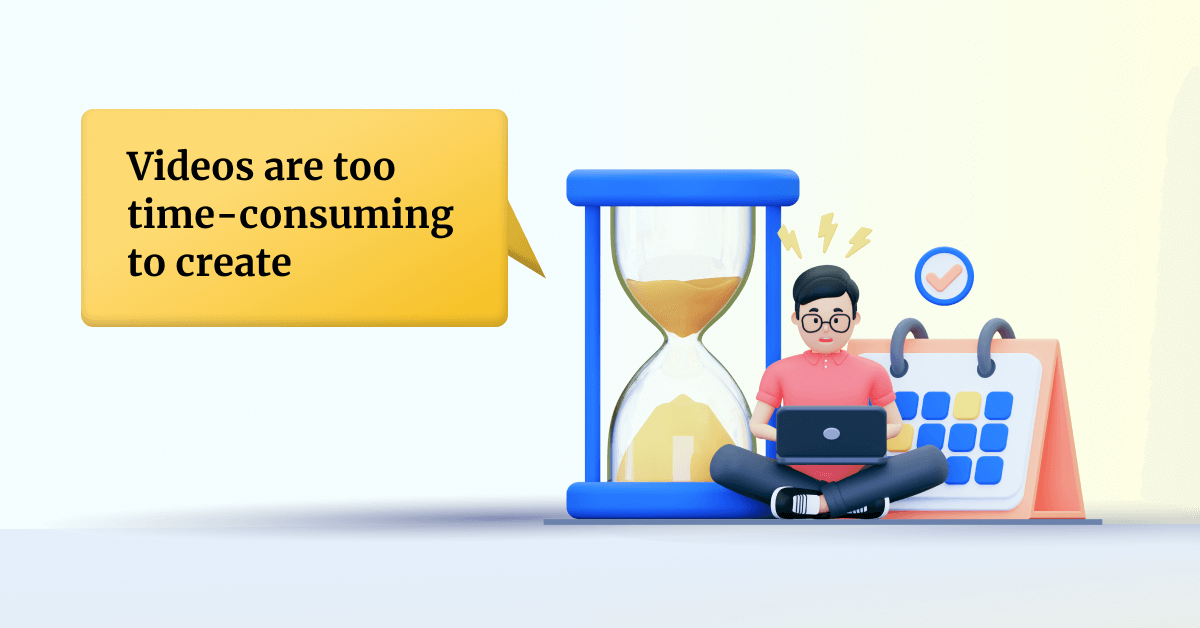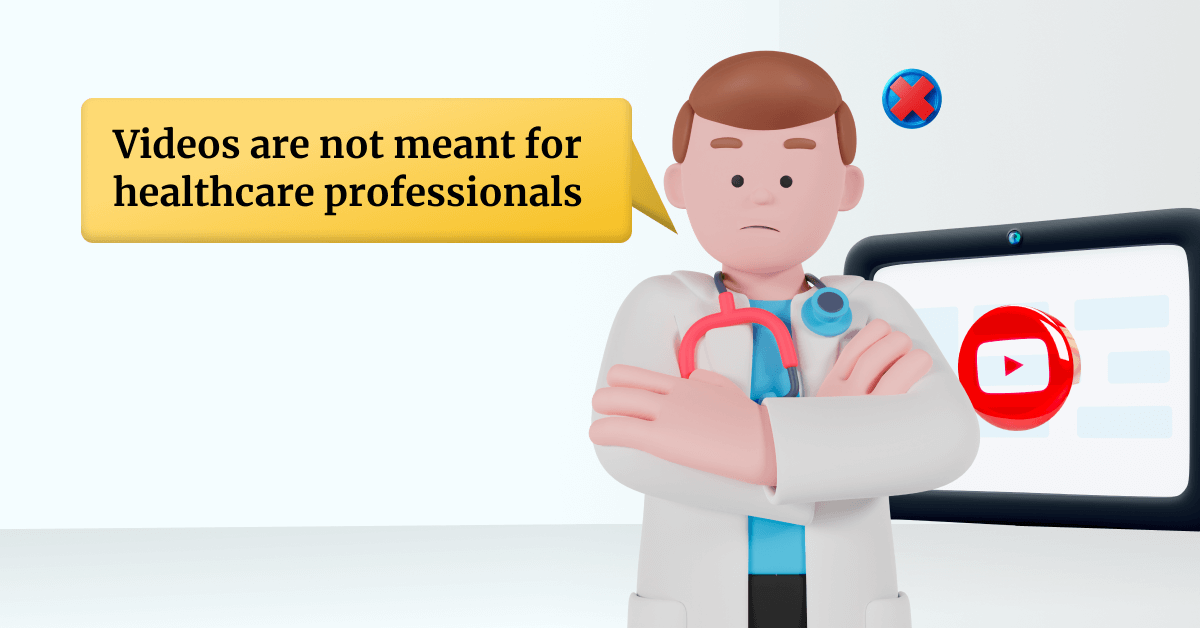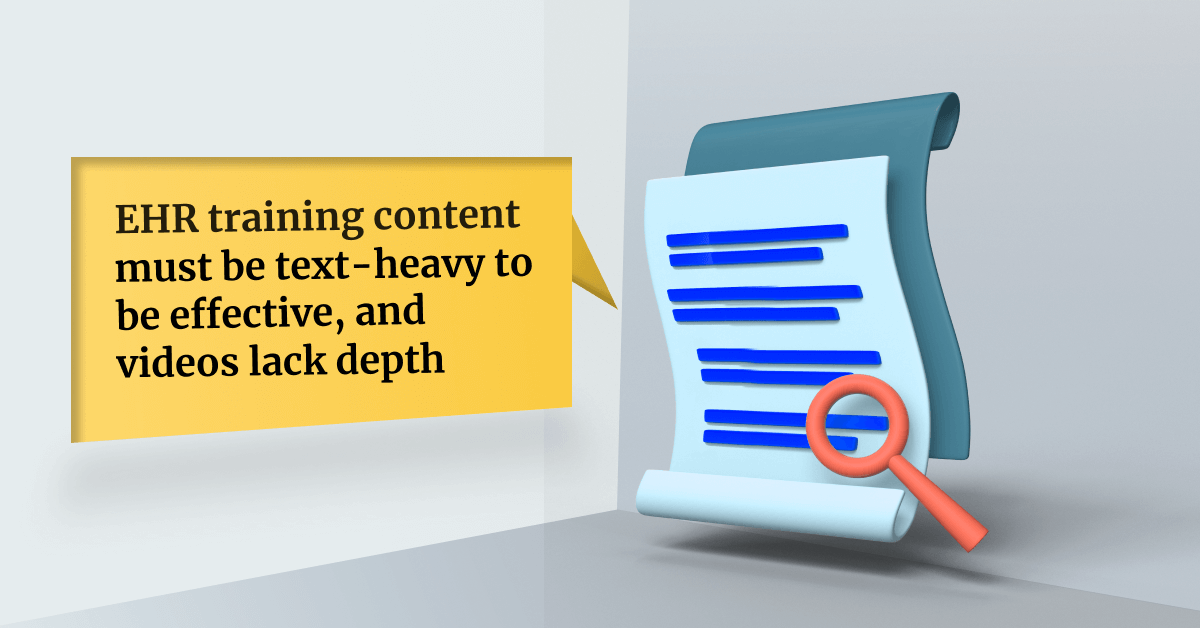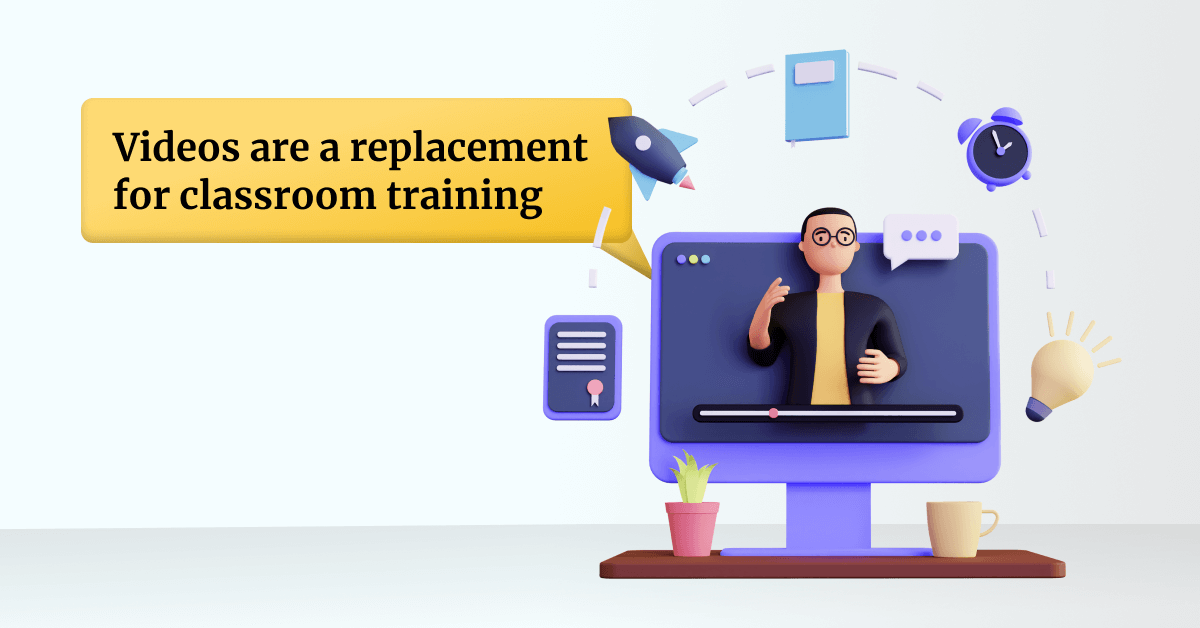Why I Can’t Stop Talking About Videos for EHR Training
23 July, 2024 | 3 Min ReadIf someone ever asked me why I keep stressing about using videos (microlearning videos especially) for EHR training, I would say, “simply because they are easy to create and consume.”
Creating a training program, especially for something as crucial and dynamic as the EHR, is a significant investment in time and effort. When nobody engages with the content, it’s not just disheartening; it’s a missed opportunity to enhance proficiency, streamline workflows, and, ultimately, provide better patient care.
Videos, on the other hand, the way they keep your EHR users hooked ensures that your work (which actually feels like a breeze) doesn’t go down the drain. Plus, EHR users can access these videos on their own terms, making learning a seamless part of their workflow, not an additional burden. Now, isn’t that a win for everybody?
I could go on saying great things about videos, but I value your time, and I would like to bust 4 myths and turn your attention to videos for EHR training (or, even better, microlearning videos for continuous EHR training).
Myth 1:

The Truth:
Video creation has become incredibly efficient with the right tools like Jeeves. Microlearning videos, in particular, allow you to deliver key information concisely, reducing time and effort compared to traditional training materials.
Quick, engaging, and effective - that’s the beauty of video!
Myth 2:

The Truth:
On the contrary, videos, especially microlearning videos, are exceptionally well-suited for healthcare professionals. These professionals have busy schedules and demanding workloads. Videos offer a convenient and efficient way to access crucial EHR training material without disrupting their workflow. Visual demonstrations can simplify complex healthcare processes, and concise videos allow professionals to quickly access the specific information they need, whether it’s about patient record management, clinical decision support, or any other aspect of EHR.
In fact, EHR training videos are tailored to meet the unique needs of healthcare professionals, making them a valuable tool in healthcare.
Plus, your Gen Z nurses crave bite-sized learning that fits their fast-paced lives.
Myth 3:

The Truth:
In fact, videos provide both depth and breadth to your EHR training. From simple demonstrations to in-depth tutorials, videos offer flexibility to cater to your training needs. Visual and auditory elements in videos make complex EHR processes more accessible.
Microlearning videos, in particular, deliver essential information concisely, ensuring your users grasp key concepts without wading through pages of text. Additionally, videos encourage engagement, ensuring that users are more likely to complete their training and retain the information.
Myth 4:

The Truth:
Videos Enhance, Not Replace, Traditional Training. Some EHR trainers worry that incorporating videos will replace traditional training methods. The truth is videos are a powerful addition to your training arsenal. They can enhance the learning experience, making it more engaging and effective. Videos can be used to supplement classroom training, reinforce key concepts, and provide on-demand learning resources for EHR users.
In conclusion, video, especially microlearning videos, is a game-changer for EHR training. It’s a flexible, engaging, and efficient tool for enhancing the proficiency of your EHR users. By dispelling these myths and exploring the benefits of video-based training, you can take your EHR training program to new heights.
Craving for More Insights?
Subscribe now and lead the way in EHR training and support.